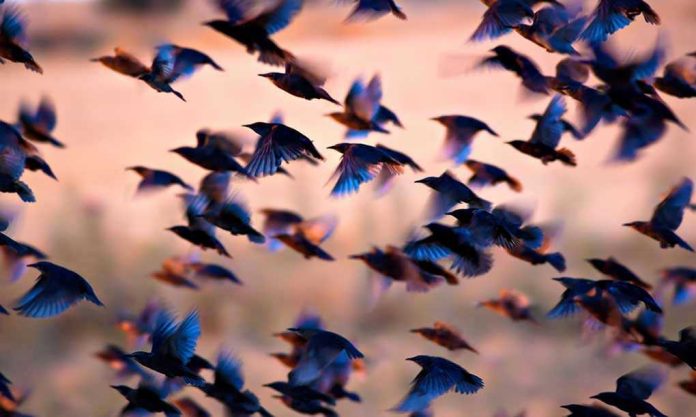
The slender-billed curlew’s silent disappearance marks the first migratory bird extinction officially declared in decades, sending shockwaves through the conservation community and raising urgent questions about which species might vanish next.
Story Highlights
- The slender-billed curlew becomes officially extinct after no confirmed sightings for over two decades
- North America has lost nearly 3 billion birds since 1970, with migratory species hit hardest
- Conservation experts issue urgent calls for international cooperation to prevent further extinctions
- The extinction highlights unique challenges facing migratory species across multiple countries and habitats
When Migration Routes Become Death Sentences
The slender-billed curlew once traced ancient pathways across Eurasia, breeding in Siberian wetlands before journeying thousands of miles to Mediterranean and North African shores. This epic migration, refined over millennia, ultimately became the species’ vulnerability. Unlike resident birds that face localized threats, migratory species must survive dangers across multiple countries, jurisdictions, and ecosystems.
The curlew’s decline accelerated through the late 20th century as hunting pressure increased along migration corridors, breeding habitats disappeared to development, and wintering grounds transformed beyond recognition. Each stopover site lost represented another link broken in an already fragile chain.
The Mathematics of Extinction
The numbers paint a stark picture that extends far beyond one species. North America alone has witnessed the disappearance of nearly 3 billion birds since 1970, according to Cornell Lab of Ornithology research. Migratory species bear the heaviest burden, facing habitat fragmentation that turns once-connected landscapes into isolated islands.
Pete Marra from Georgetown Environment Initiative captures the crisis succinctly: “We want to keep common birds common, and we’re not even doing that.” This sentiment reflects a fundamental shift in conservation thinking, from rescuing species on extinction’s edge to preventing common species from reaching that precipice.
Echoes of Past Failures
The slender-billed curlew joins a somber list of vanished migrants. The passenger pigeon, once numbering in billions, disappeared in 1914. The Eskimo curlew hasn’t been reliably spotted since the 1960s. These extinctions share common threads: habitat destruction, overhunting, and the unique vulnerabilities that come with long-distance migration.
Tragic. Preventable. Final.
The Slender-billed Curlew is officially extinct, declared today by the IUCN. On our watch.
We are technically brilliant and carelessly blind.
Sit with the silence. Then fight for what remains. #Extinction #BiodiversityCrisis #Curlews@DavidGray pic.twitter.com/lwsEMFVOGd— Mary Colwell (@curlewcalls) October 10, 2025
What makes the slender-billed curlew’s extinction particularly troubling is its timing. Unlike historical extinctions that occurred before modern conservation awareness, this loss happened despite decades of monitoring, international treaties, and growing environmental consciousness. The failure underscores how inadequate current protection measures remain.
The Domino Effect Begins
Conservation organizations view this extinction as a harbinger rather than an isolated tragedy. BirdLife International warns that “without urgent action, more migratory species will follow.” The spoon-billed sandpiper and yellow-breasted bunting already teeter on similar precipices, their populations collapsing despite intensive conservation efforts.
The broader implications extend beyond ornithology. Migratory birds provide crucial ecosystem services, controlling pest populations and pollinating plants across continents. Their loss ripples through agricultural systems, potentially forcing increased pesticide use and reduced crop yields. Local communities that relied on traditional knowledge connected to seasonal bird movements face cultural disruption alongside ecological loss.
Sources:
The Independent – Slender-billed curlew extinct bird
Cornell Lab of Ornithology – Bring Birds Back
A-Z Animals – Bird populations decline in 2025 State of the World’s Birds report













